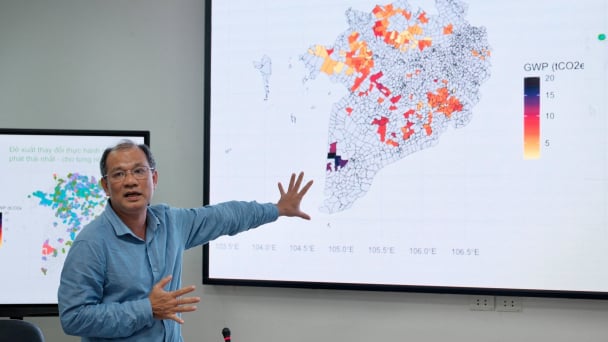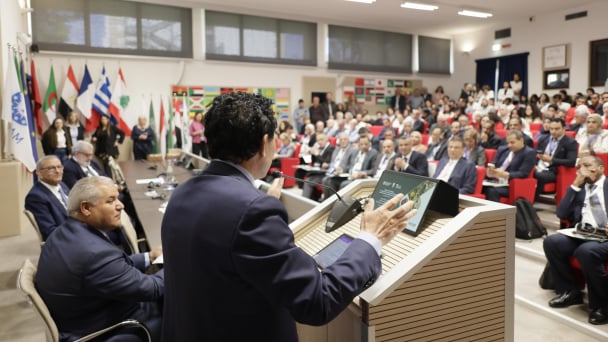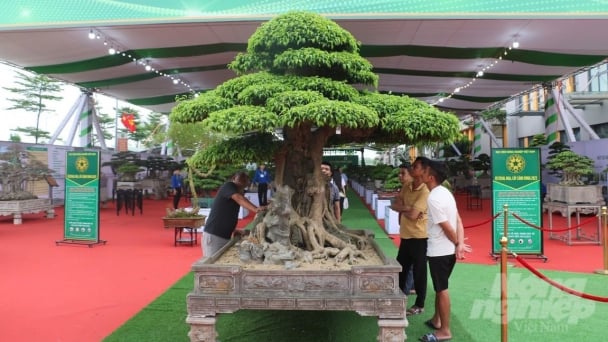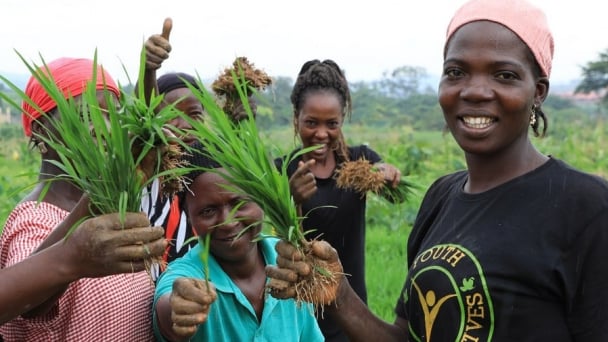May 14, 2025 | 22:38 GMT +7
May 14, 2025 | 22:38 GMT +7
Hotline: 0913.378.918
May 14, 2025 | 22:38 GMT +7
Hotline: 0913.378.918
The massive development of acacia but lack of planning and use of seeds and planting on inappropriate sites with unsustainable farming techniques has resulted in low economic and environmental efficiency for the value of acacia forests, thereby leading to misperceptions about the role of acacia.

Acacia wood is used to make joinery boards. Photo: Hong Hai.
Currently, the acacia area in our country has reached over 2.2 million ha, accounting for 60% of the total 3.69 million ha of production forests. Some varieties such as acacia mangium, acacia auriculiformis and hybrid acacia have been identified as key forest plants of lowland areas where the altitude is below 700m above sea level.
These species have confirmed their important role in greening bare hills and bare land, improving soil, preventing erosion and providing main source of raw materials for the country's wood processing industry and forest products exports. Acacia plantations have created economic benefits and contributed to poverty alleviation in mountainous areas.
However, plans for acacia planting in some localities are still not detailed and clear thus does not adhere to the requirements of acacia development. Some acacia forests are planted in unsuitable climate and soil conditions such as the altitude is over 700m above sea level and the slope is high (>35o). Some areas even face frequent eddy winds and storms above level 8.

Assoc. Prof. and Dr. Phi Hong Hai, Deputy Director of the Vietnamese Academy of Forest Sciences.
There is an issue relating to local people who spontaneously cultivate acacia not following any plan thus most of acacia forests are poorly growing, easy to be damaged, causing landslides and greatly affecting economic efficiency. Currently, the Ministry of Science and Technology has published many Vietnamese standards on site requirements for planting acacia mangium, acacia hybrid (TCVN 11366-1:2016) and acacia auriculiformis (TCVN 11366-3:2019). It is very necessary to apply such standars correctly when developing detailed plans for acacia growing areas in the localities.
Varieties are extremely important to determine the productivity and quality of planted forests. They have contributed to increasing the average yield of acacia plantations in our country from 10cu.m/ha/year to 17-19cu.m/ha/year in recent years.

A 10-year-old planted acacia forest in Binh Duong province. Photo: Hong Hai.
Up to now, the Ministry of Agriculture and Rural Development has recognized dozens of varieties for acacia. However, the number of varieties commonly used in production is limited. The transfer of new varieties is slow, and the shelf life of some varieties is too long and not rejuvenating, leading to breed degeneration, reducing the physiological quality and affecting the whole productivity and quality of planted forests..
Moreover, many organizations and individuals still consider national and advanced varieties can be technically planted in any area, so they do not use the right varieties for their planting sites.
Another factor affecting the productivity and quality of acacia forests is the application of technical measures in intensive plantation. Many farmer households are growing acacia following the method of extensive afforestation with a high density (usually over 2,000 plants/ha) and without taking care of them.

There should be orientation for large acacia plantations with new varieties of high-quality. Photo: NNVN.
The clearing of vegetation and burning before planting is also very common in many localities, leading to environmental pollution, increasing soil erosion, and in the long term causing degradation for arable land. Another thing is that most of the local people who participate in afforestation with acacia just do it for the purpose of planting in 5-6 years or even only 4 years. They often cut down to sell to traders for making paper or paper materials and this has led to an over exploitation of the soil nutrients, at the same time caused a reduction for the timber output and economic inefficiency.
To develop sustainably and bring high economic efficiency to acacia growers, it is necessary to:
- Choose the right site for acacia planting (especially the height above sea level should be <700m; slope <25o; soil layer of 50-100cm). Areas with frequent eddy and storm winds above level 8 are not suitable for acacia. A well management should be maintained to limit organic burning after the exploitation.
- Use suitable varieties for each site; use good quality seedlings with priority given to the use of seedlings from tissue culture.
- Use fertilizers rationally for planted acacia forests. Acacia has the ability to preserve nitrogen, so it is necessary to use fertilizers rich in phosphorus to enhance the nitrogen fixation activity of the plants; Limit plowing of topsoil, especially on sloping land to avoid soil erosion and reducing water retention.- Plant in the right density of 1,300 - 1,600 trees/ha; apply proper pruning and thinning by taking techniques to create high-quality large timber forests.
In acacia plantation, it is necessary to increase the forest business cycle, the most reasonable from 7 to 12 years to achieve high economic efficiency, create large timber, and increase the ability to improve the forest environment; apply low-impact exploitation, such as maintaining and supporting silvicultural road system by applying proper techniques; limit the opening of new roads while exploiting; especially pay attention to drainage systems to avoid water accumulation that creates flows with high risks of causing erosions and landslides.
Translated by Linh Nguyen

(VAN) Data from 10,000 farming households will help professionalize production organization and support the implementation of the One Million Hectares Program for High-Quality, Low-Emission Rice Cultivation.

(VAN) FAO Director-General QU Dongyu marks International Day of Plant Health at NENA conference.

(VAN) Deputy Minister of Agriculture and Environment Hoang Trung affirmed that floriculture and ornamental plants are a growing industry that receives significant global attention.

(VAN) The three staple crops dominating modern diets – corn, rice and wheat – are familiar to Americans. However, fourth place is held by a dark horse: cassava.
/2025/05/10/4037-3-223011_495.jpg)
(VAN) Remote sensing technology is becoming an indispensable tool in monitoring resources, developing modern agriculture, and protecting the environment in Vietnam.

(VAN) The trash bag used on fishing vessels can withstand rough sea conditions, including level 8 to level 10 winds and waves. Notably, it can be hung anywhere on the boat.

(VAN) African leaders launched the Kampala Declaration on Building Resilient and Sustainable Agrifood Systems in Africa, marking a bold step toward transforming the continent's agriculture.